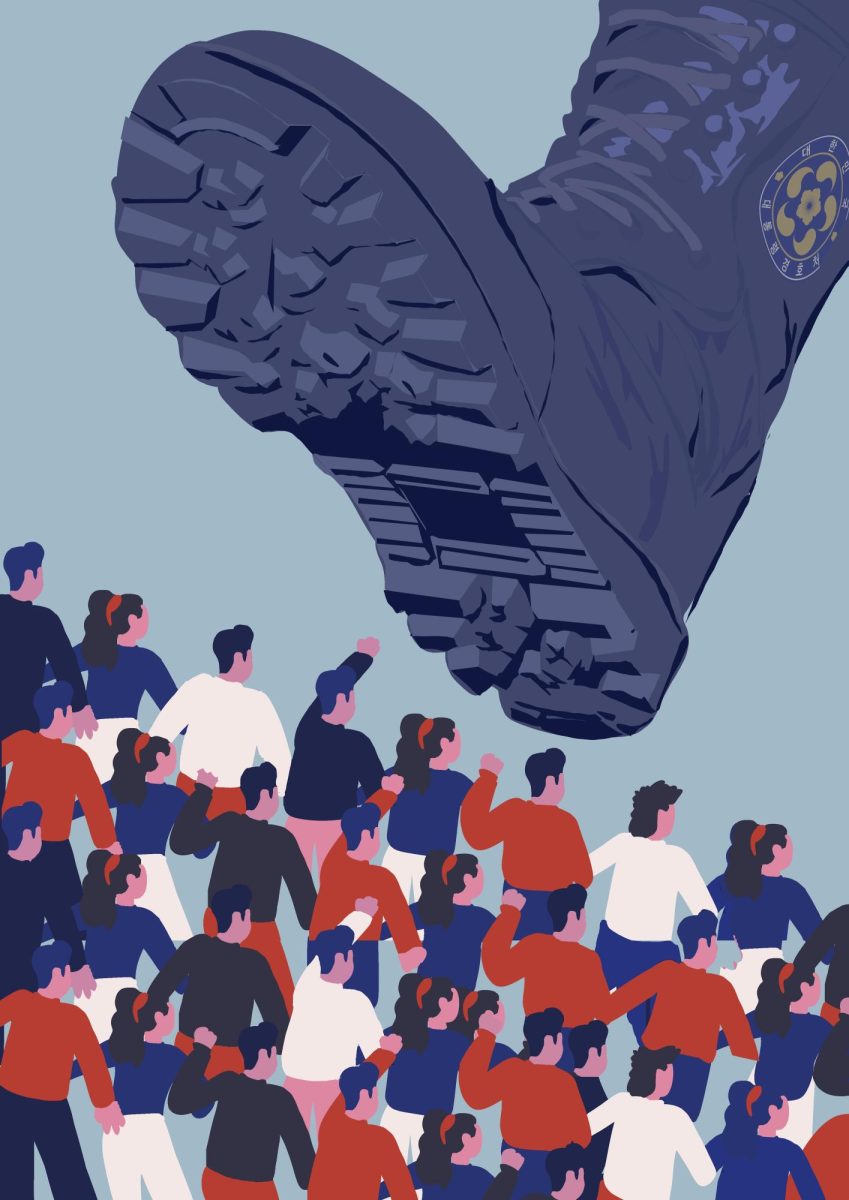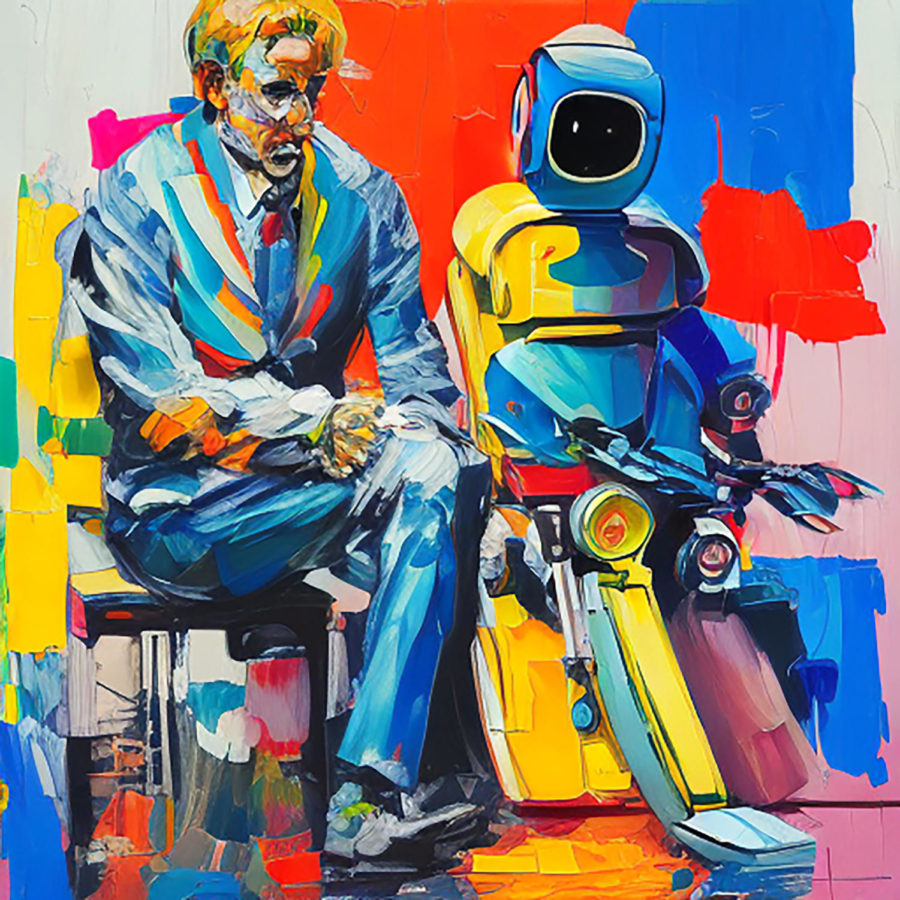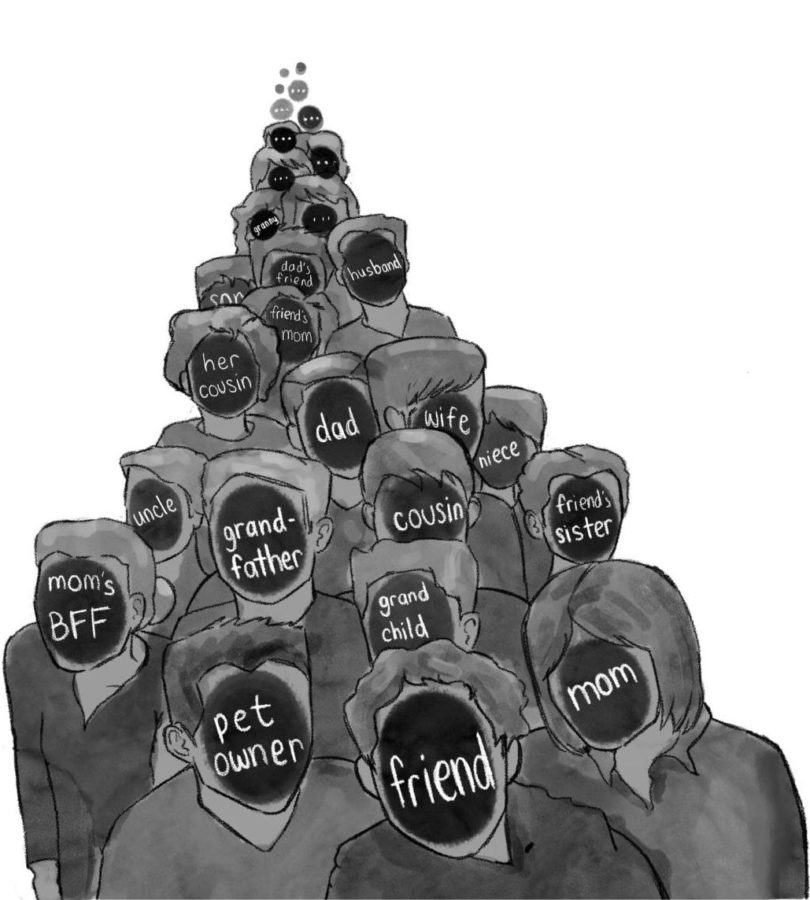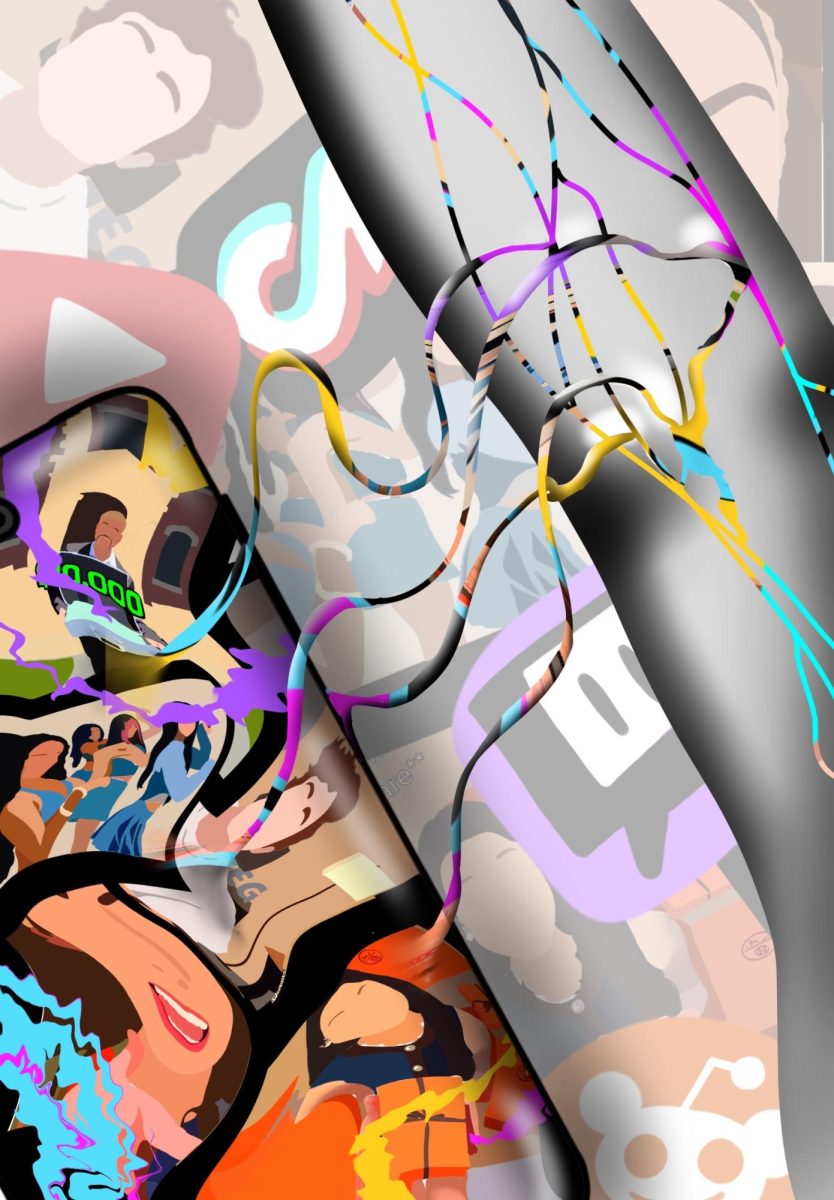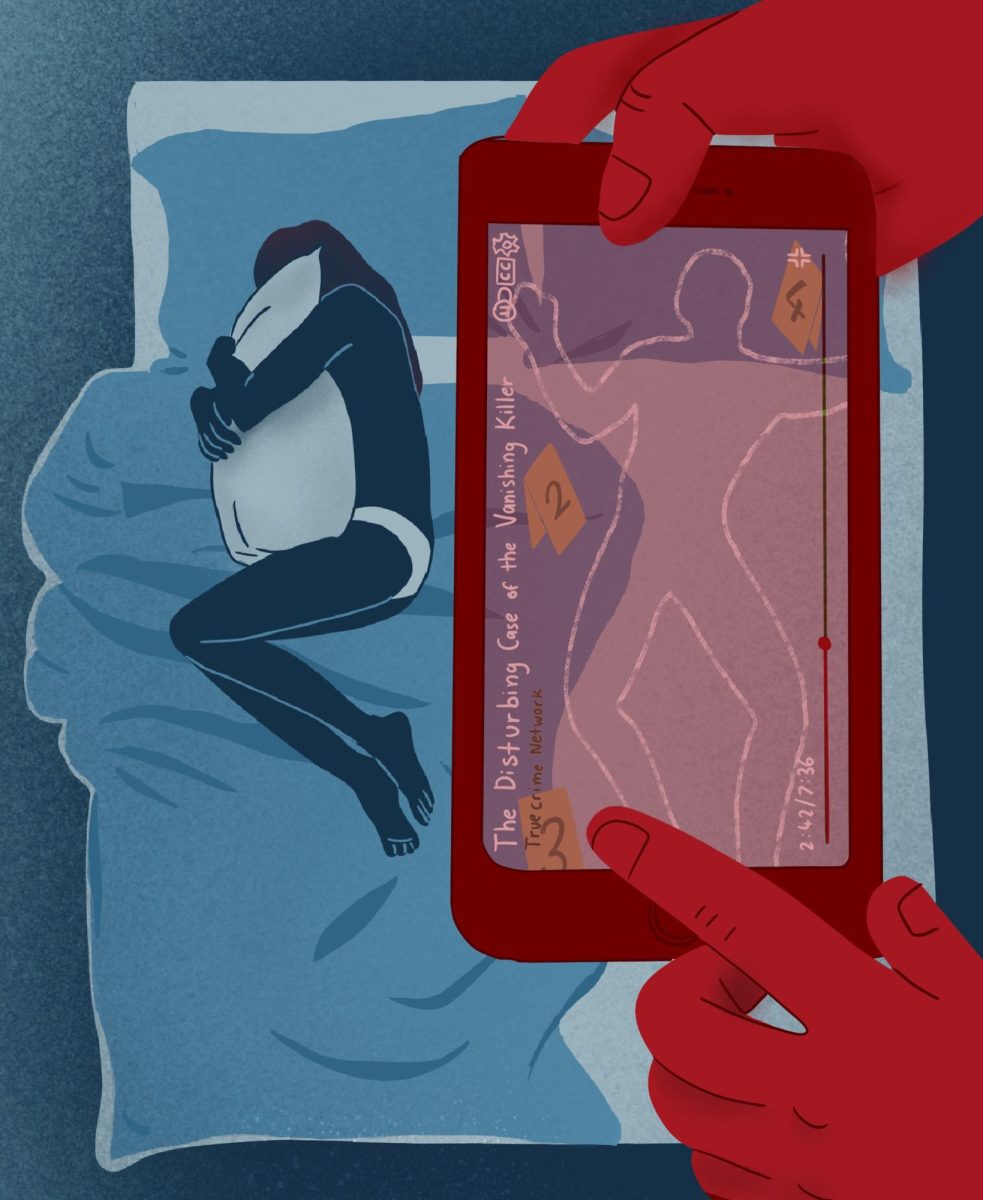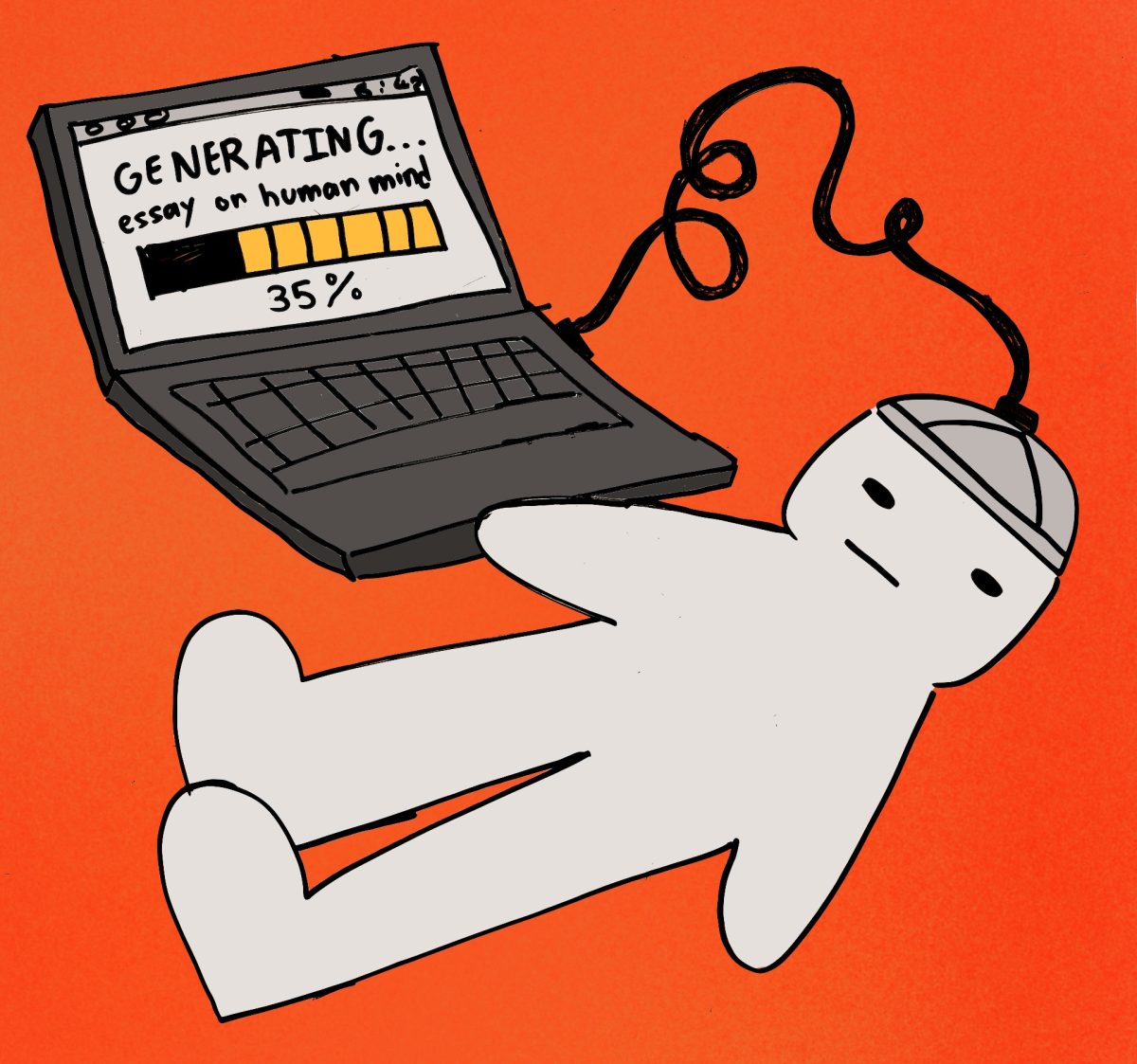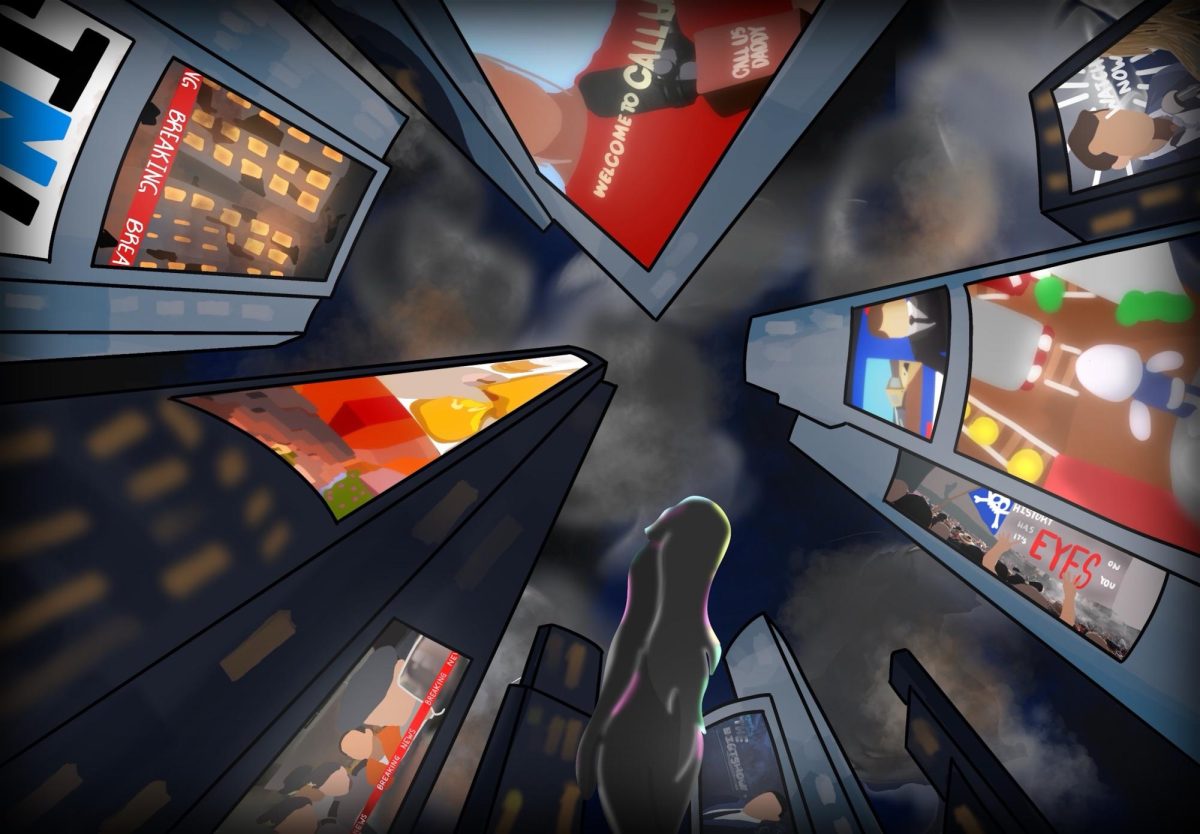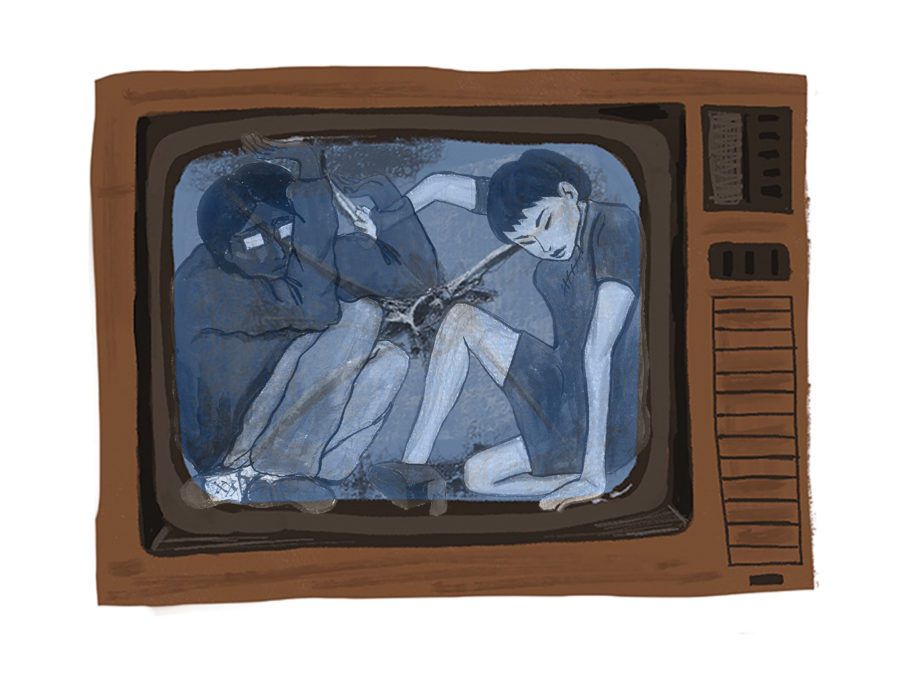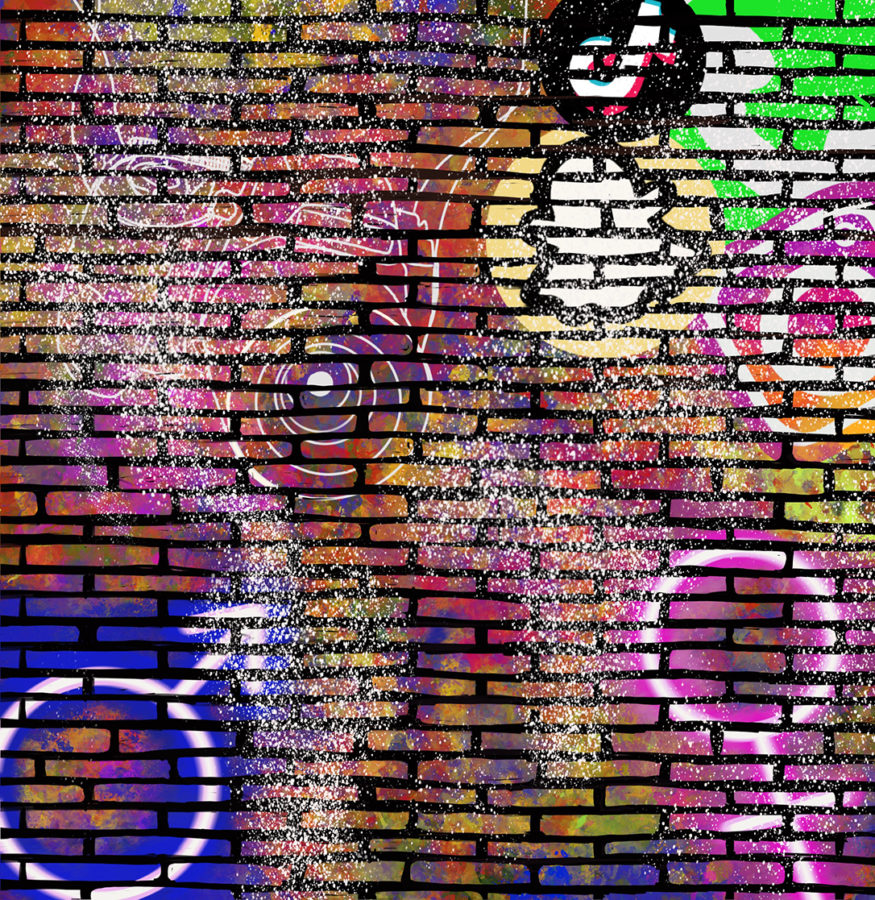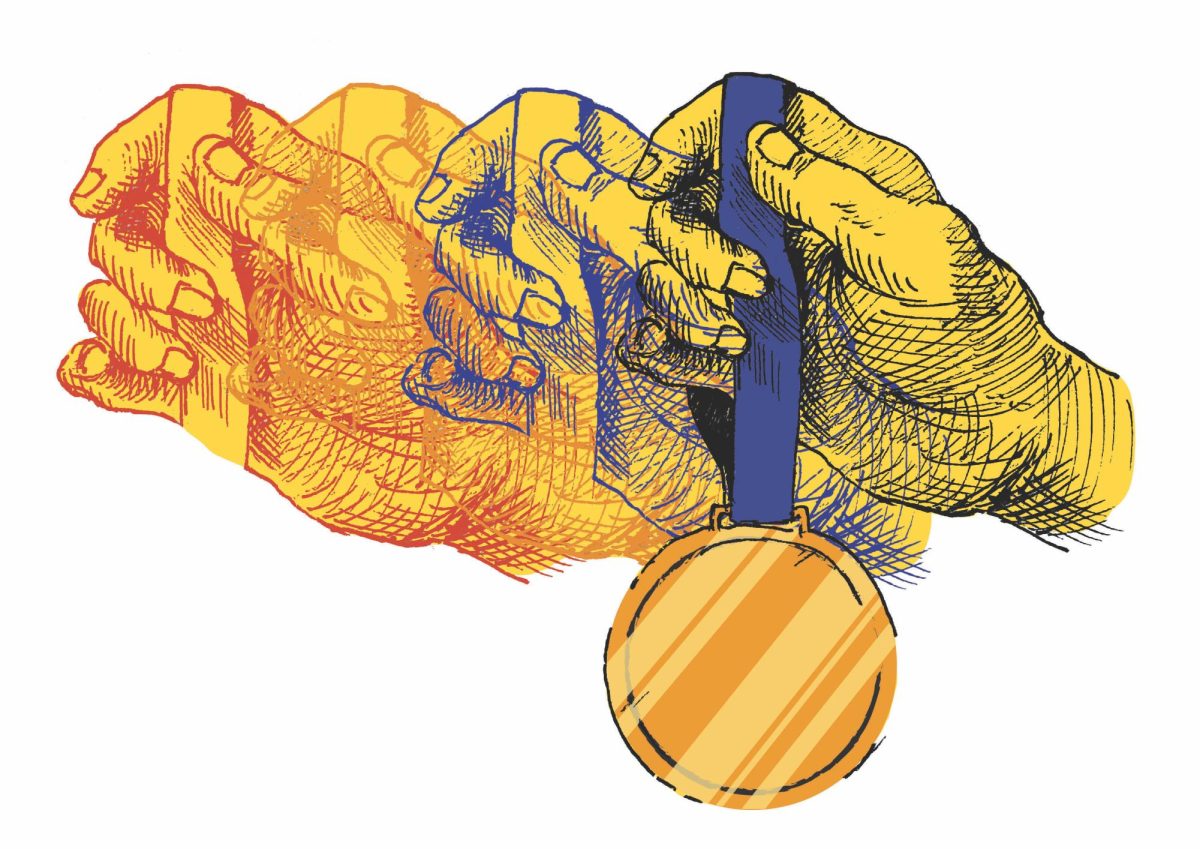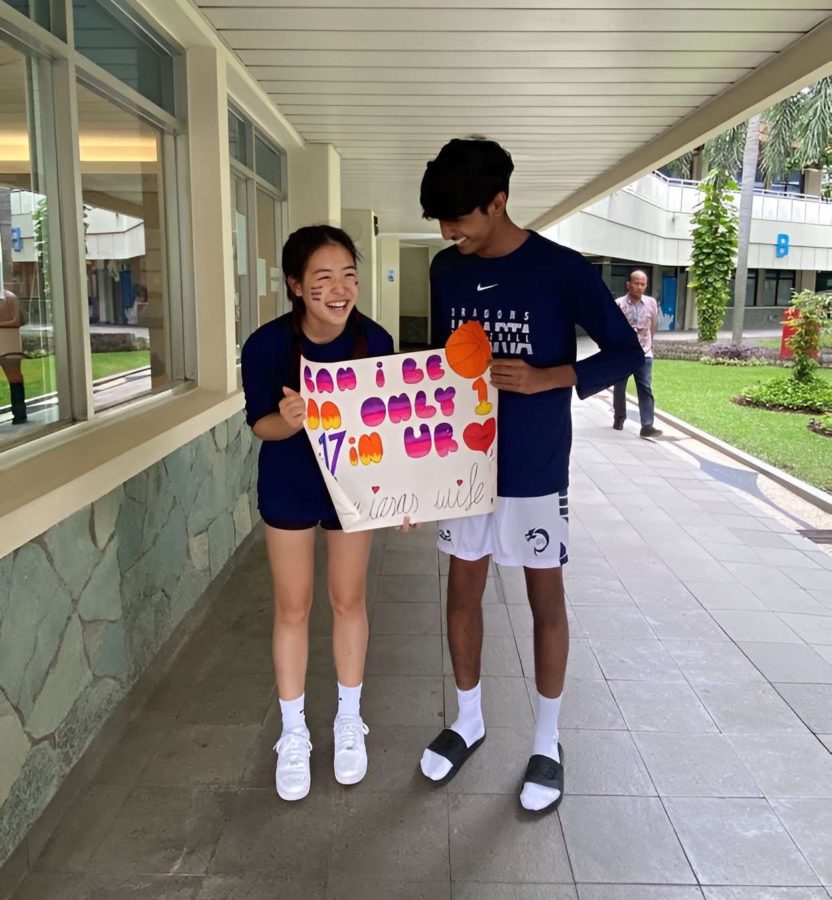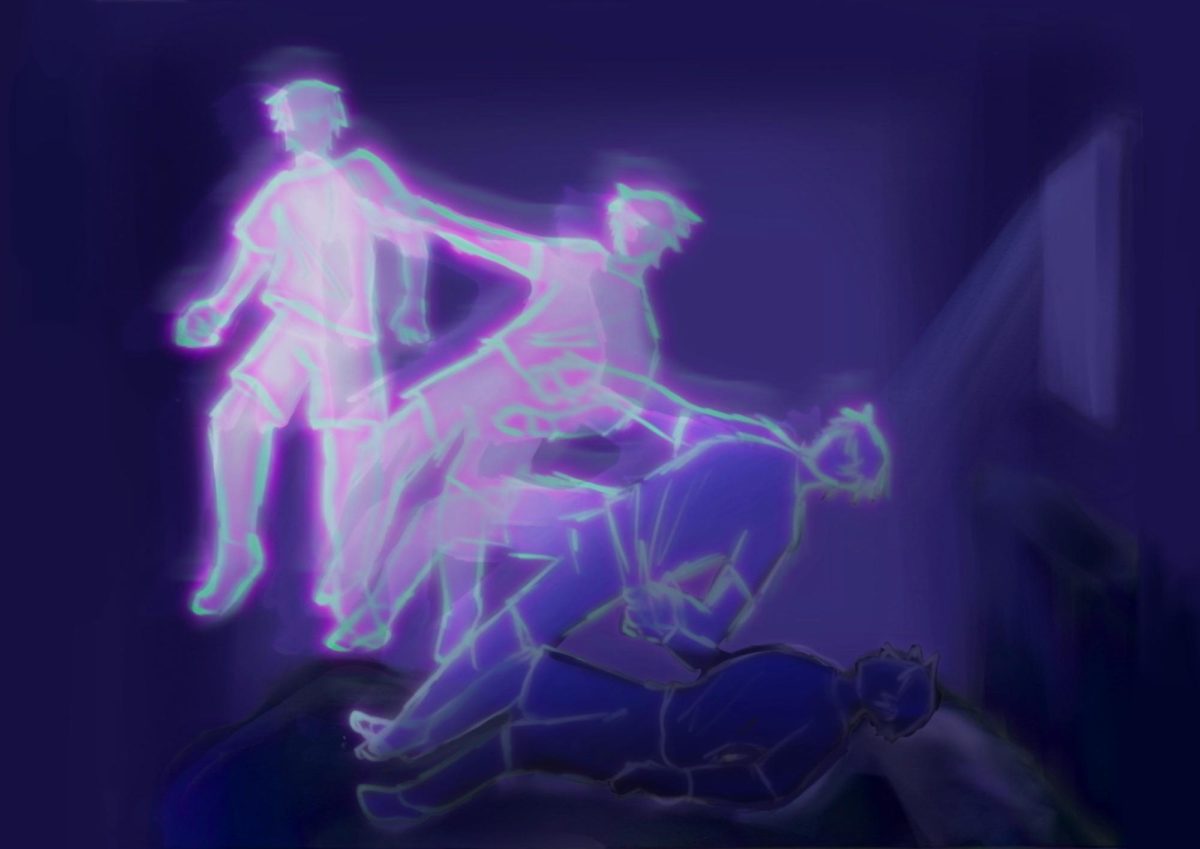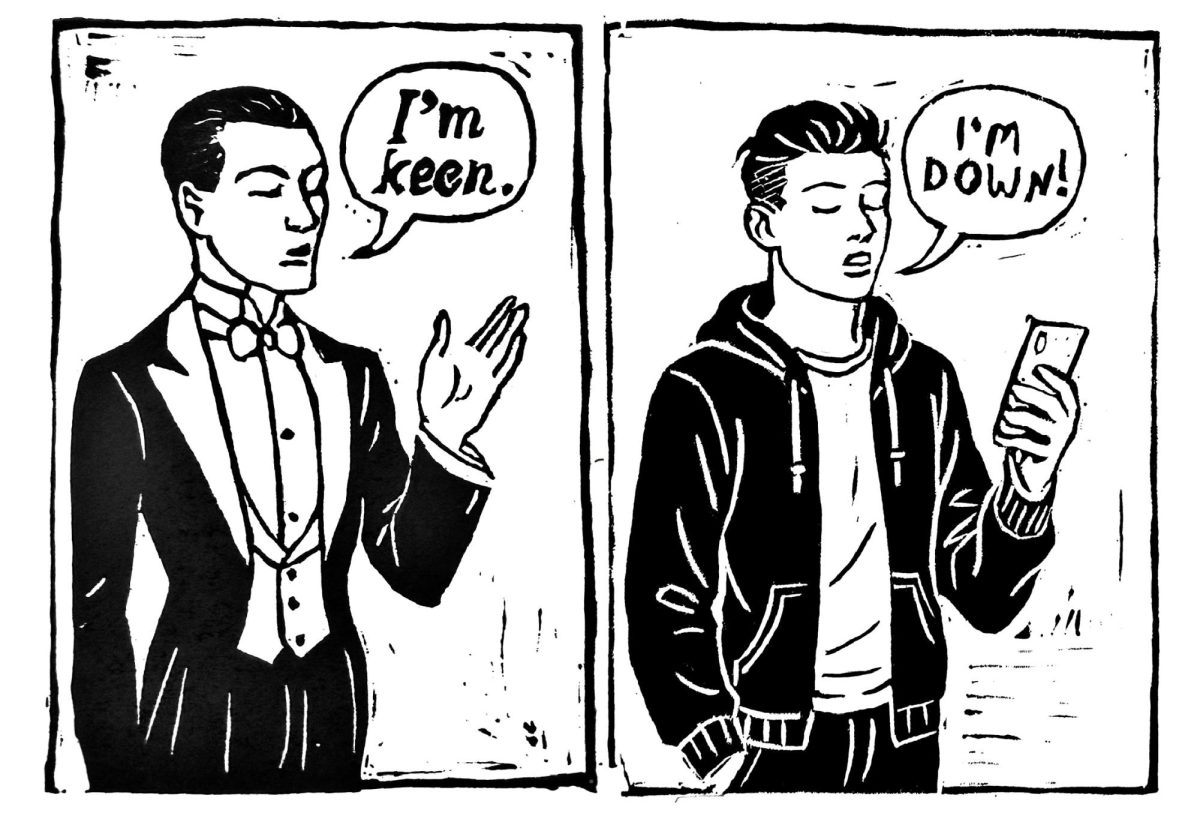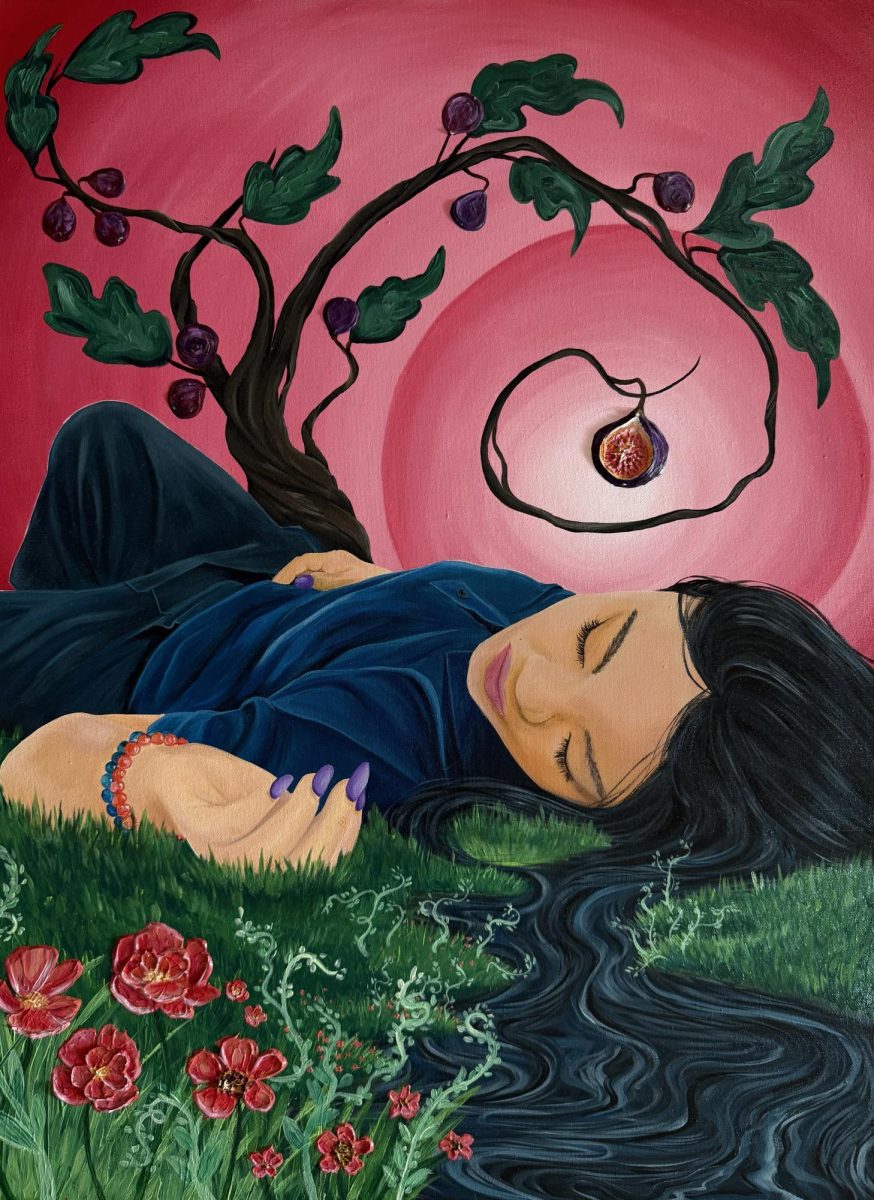Throughout the decades, Hollywood has functioned as the blueprint for male identities, projecting ideals of body image, lifestyle, and personality. In particular, 20th-century blockbuster movies and television established strength, stoicism, and dominance with masculinity. Recently, that blueprint has been redrawn. Movie production has shifted away from brooding representations of characters to refreshing takes on superheroes and a variety of male identities, encouraging audiences to find strength in self-expression.
Redefining Strength: Superman’s Evolution
Older standards of masculinity in Hollywood were heavily defined by virility and detachment, which were embodied through characters reduced to strength and dominance. Zack Snyder’s direction of Man of Steel (2013) followed this tradition of stoic portrayals. This depiction of Superman leaned on action-heavy sequences that emphasized his alien heritage and destined role as Earth’s god-like savior. Snyder’s use of muted, desaturated colors stripped the character of his more approachable personality, setting Superman apart from the colorfulness of humanity.
In contrast, recent productions have shifted from the hypermasculine archetype towards a more compassionate narrative, as apparent in director James Gunn’s Superman (2025). In the film, Gunn portrays Superman as warm, awkward, and compassion-driven rather than duty-driven. Bright colors and intentionally cheesy costumes bring back a comic-book charm, embracing an endearing authenticity that contrasts sharply with Snyder’s muted tones. His approach highlights the human side of Superman, presenting a refreshing side of masculinity that highlights strength in sincerity.
Brotherhood: Connection Through Compassion
David Fincher’s creative direction of Fight Club (1999) exemplifies how Hollywood once framed male connection as something forged through violence. Tyler Durden, the dominant alter ego of the Narrator, creates Fight Club, an outlet where men use violence to free themselves from societal constraints. He leads a mission, Project Mayhem, that aims to destroy and vandalize civilization to reset the world, starting with the destruction of credit card buildings to free people from debt. The film, however, reduces community and purpose to violence, portraying brotherhood as something built on shared destruction rather than compassion. This framing risks equating purpose and brotherhood with violence, leaving audiences—particularly young men—with the impression that strength and connection are validated only through physical dominance, rather than empathy, creativity, or mutual support.
In contrast, Sing Sing (2023) by director Greg Kwedar, offers a very different vision of the male community and purpose. Set inside a maximum-security prison, the film follows a group of incarcerated men who find connection not through violence, but through theater and storytelling. Although each carries a rough past, they redeem themselves together by embracing creativity, vulnerability, and mutual compassion. Brotherhood here is rooted in care and shared humanity, showing that purpose can emerge not from destruction but from collaboration and self-expression, encouraging individuals to recognize the value of creativity and self-expression as a source of strength
Instead of reinforcing nonchalance, superficial personalities, and hollow identities, films are starting to embrace individuality and compassion. This subtle change has become a vital shift for younger generations, who are now given role models that encourage authenticity, self-expression, and emotional openness. Ultimately, these portrayals challenge outdated stereotypes and create space for boys and men to embrace their individuality while reminding audiences that true strength comes from being unapologetically human.

